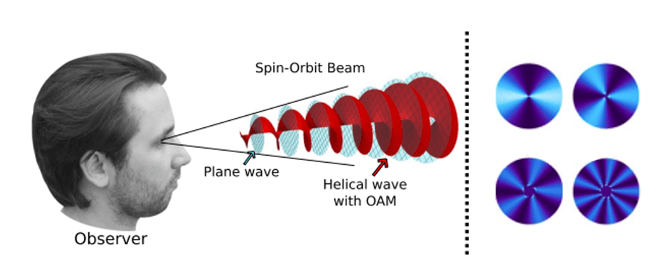Summary
Leakage power in semiconductor memories, such as Dynamic Random Access Memory (DRAM) and Static Random Access Memory (SRAM), can be substantial and is one of the limits for scalability of classical electronics. This is attributed to the fact that the information stored is volatile, requiring constant refreshing, as well as reprogramming upon powering off. Spin-transfer Torque (STT) Magnetic Random Access Memory (MRAM) has the potential to meet the speed and power consumption requirements of future memory applications. Here we apply knowledge of quantum transport to improve the performance of classical devices. The goal of this project is to identify a reliable solution tolerant to fabrication variances and limited read/write margins, and to effectively integrate STT-MRAM into the broad range of Complementary Metal Oxide Semiconductor (CMOS) based technology. We aim to establish a widely accessible process to integrate MRAM cells on post-CMOS integrated circuit chips. We will do this by creating magnesium oxide based tunnel junctions with low-resistance area product and high tunnel magnetoresistance and by investigating novel STT-RAM cell design. This project marks one of the first attempts to hybridize spintronics with semiconductor devices, thereby enabling a new route towards higher-performing electronics.
Related Content

Metasurfaces for high-efficiency parametric downconversion and complex quantum state generation
Summary Entangled photon sources are crucial for quantum computing, quantum sensing, and quantum communication. Of growing importance are sources relying on spontaneous parametric downconversion (SPDC). Unfortunately, these sources of entangled photons are often constrained by momentum conservation laws. To overcome this limitation and expand the possibility of quantum state engineering, we intend to use metasurfaces […]
February 1, 2023

Quantum Information Processing with Molecular Lattices
The aim of the work is to develop theoretical tools to simulate and predict the behaviour of a one-dimensional chain of trapped dipolar molecules and to study the nature of entanglement as a design resource.
June 1, 2017

Developing Tools for Quantum Characterization and Validation
Summary Coherence is essential for quantum computation; yet it introduces a unique sensitivity to any imperfections in hardware design, control systems, and the operating environment. Overcoming these sensitivities requires a hierarchy of strategies, ranging from optimization of the hardware architecture to software solutions including quantum error correction. Randomized Benchmarking Protocols are an important family of […]
October 3, 2017

Structured Light Applications in Vision Science
Eye diseases such as macular degeneration can have a devastating impact on quality of life. Early detection and treatment are thus crucial for preventing irreversible vision loss. A previous study found that the human eye can detect differences in ‘structured’ light beams. Such light beams are composed of a coherent superposition of differently polarized planar […]
April 24, 2023

